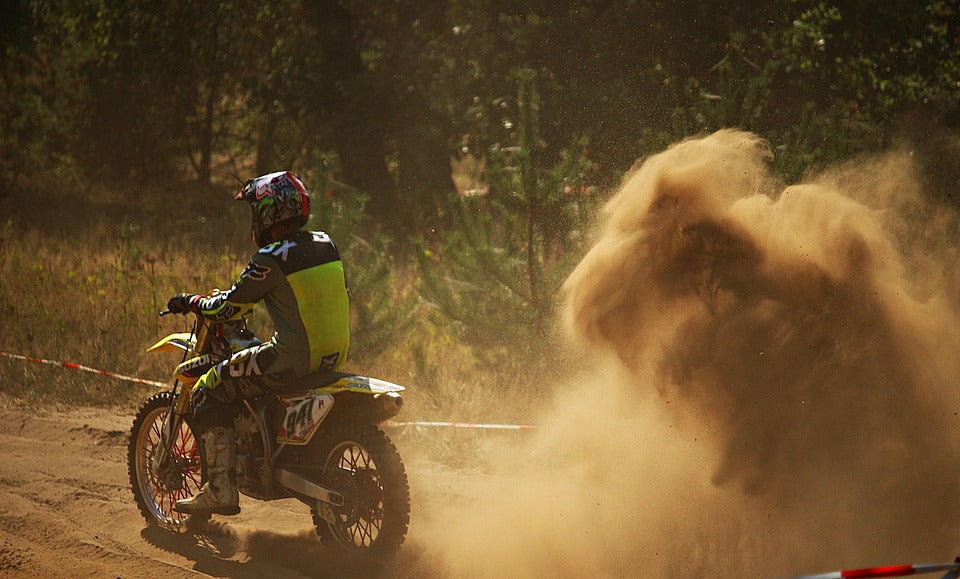On the vast roads, motorcycles symbolize the freedom to roam, and engine power is the fire that fuels them. The level of power in a motorcycle engine directly determines its acceleration, top speed, and the thrill of the ride. Let's explore the key aspects of motorcycle engine power and unveil the mysterious veil behind this source of power.

The Essence of Power: Motorcycle engine power is a metric that measures its output capacity, representing the work done or energy generated per unit of time. Measured in horsepower (hp) or kilowatts (kW), power is directly related to a motorcycle's performance and riding experience.
Rated Power and Peak Power: Rated power is the power the engine continuously produces under specific conditions. It reflects the engine's sustained performance and provides sufficient power for daily riding. Peak power, on the other hand, is the maximum power the engine reaches at a certain RPM, showcasing the engine's ultimate potential.
The Relationship Between RPM and Power: Engine power is closely tied to its revolutions per minute (RPM). At low RPMs, the engine outputs lower power; as RPMs increase, power gradually rises until it reaches peak power. Beyond the peak RPM, power starts to decline. Therefore, understanding the engine's RPM range and peak RPM is crucial for fully harnessing a motorcycle's performance.
Engine Design and Power Performance: Different types of engines exhibit variations in power performance. Single-cylinder engines typically have lower power output, making them suitable for city commuting and relaxed rides. Multi-cylinder engines can deliver higher power, making them favored by riders seeking speed and excitement.
Choosing the Right Power Level: Selecting the motorcycle power that suits individual needs is paramount. For beginners or urban riders, opting for moderate power can provide smooth acceleration and easy-to-control riding experiences. Low to mid-range power motorcycles are better suited for city traffic and daily riding requirements, reducing the learning curve and difficulty in handling. Such motorcycles are easier to master, allowing riders to gradually build confidence.

Motorcycle engine power is a crucial factor in determining the riding experience. Choosing the right power level that aligns with personal needs and skill levels can enhance both the riding experience and safety. Low to mid-range power motorcycles are suitable for novices and urban riders, offering smooth acceleration and ease of control. High-power motorcycles cater to the pursuit of speed and excitement but require higher driving skills and safety awareness. Regardless of the chosen power level, it's essential to make a wise decision based on individual needs and skill levels while prioritizing safety, allowing riders to enjoy the passion and freedom that riding a motorcycle brings.






Share:
A motorcycle bluetooth intercom is a communication
Honda's new motorcycle E-Clutch makes the left lever entirely optional